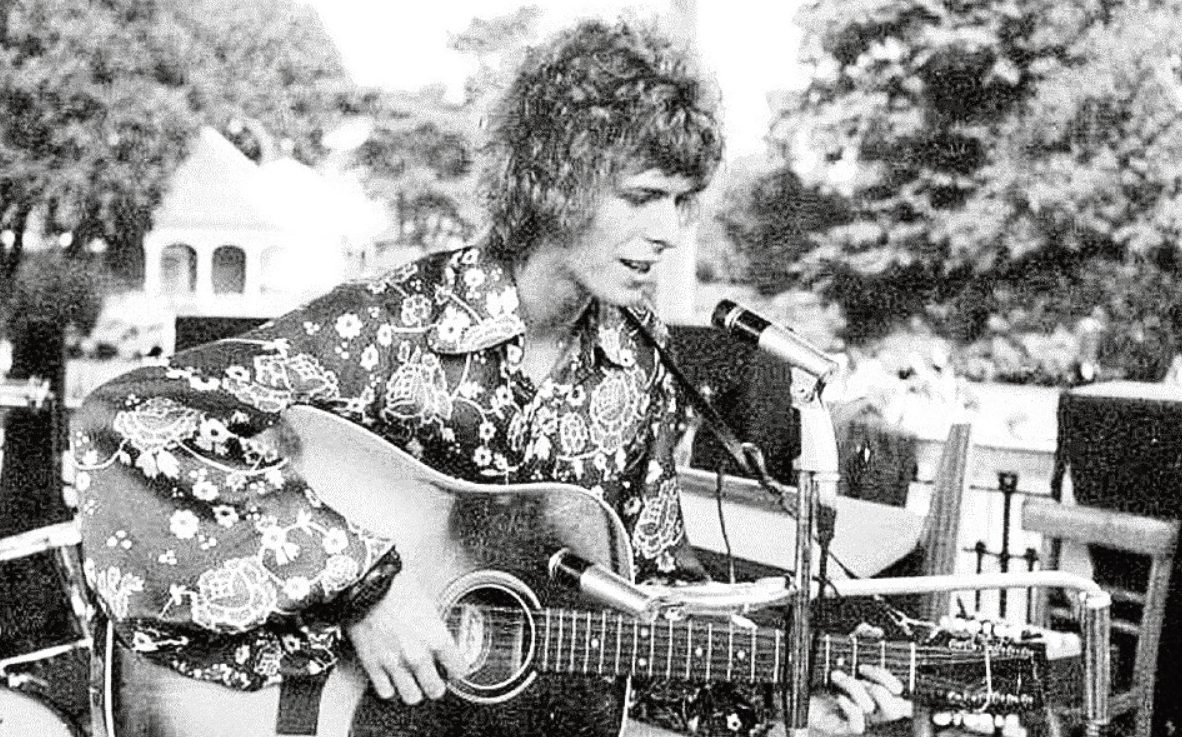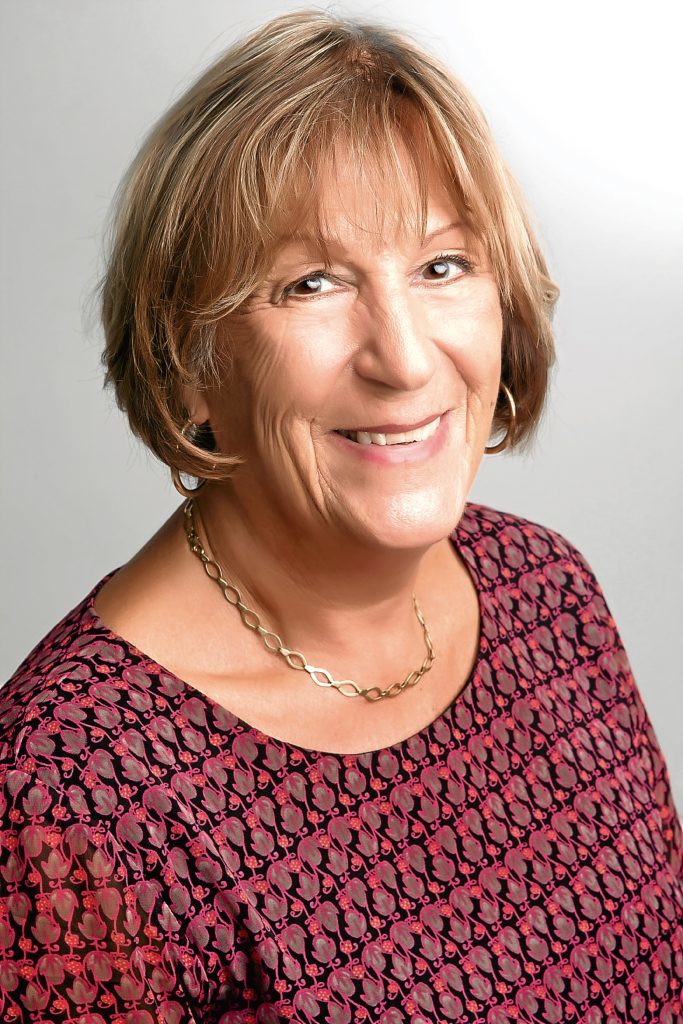
SHE was the woman who inspired a future superstar to find greatness — and she’ll never forget the David Bowie she knew.
A year after the legendary singer and actor died, Mary Finnigan is still coming to terms with the fact he is gone.
The Bowie she remembers from the late 1960s was in his early 20s, and writing songs constantly, a charming, curly-haired idealist.
Mary was a Beckenham mother of two, who happened to hear nice music from a neighbour’s house, got to know the young man making it, and asked him to move in.
Before long, they were lovers, Bowie had his first hit, Space Oddity, and the rest is history.
“David was driven and dedicated, but he was not at all sure that he was going to be a success, because he didn’t fit the pop image,” recalls Mary.
“He was too avant-garde, too left-field, too interested in things like mime and Japanese theatre. His songs were never about Moon, June, Spoon, although he did write love songs.
“It would take a while, and for his future wife Angie to say: ‘You gotta do something with mass appeal and put yourself out there in a totally different way.’
“He morphed from being a scruffy hippie to the precursor of glam rock! From then onwards, the genie was out of the bottle and it just grew and grew.
“When we met, there was about 10 years between us, I was about 32 and he was 22.
“There were some very beautiful moments together, with a lot of laughs, but there was an awful lot of other stuff, too, as there always is.
“We had a lot of talks and we influenced each other. He influenced me more, I think, because David introduced me to Buddhism and to a lot of music I’d never heard before.
“He opened my ears, but I influenced him about political and social trends happening then, in 1969.”
Bowie would have his first hit that summer, Space Oddity coming out at the same time as the manned Moon landing and becoming a smash.
Within the next few years, new songs would pour out of him.
Albums The Man Who Sold The World, Hunky Dory, Ziggy Stardust and Aladdin Sane would make him as big as The Beatles had been, with multiple records in the charts and fanatically worshipped.
Mary admits she prefers his work up to 1974, along with his final recordings, and wasn’t so keen on some later Bowie phases.
However, she realises she was witness to some of his greatest songs being written under her roof, something every Bowie fan would love to have seen!
“His managers were awful!” she laughs. “Ken PItt, one of the earliest, wanted to turn him into another Tommy Steele or Cliff Richard, and David was not having it.
“He was a serious singer-songwriter, although his next manager signed him and then took no notice of him, only remembering him when he wrote Oh! You Pretty Things for Peter Noone of Herman’s Hermits.
“When that became a hit, his manager wanted a piece of the action.
“David wrote songs all the time when he lived with me, working out the music, and he wrote things wherever he happened to be in the house.
“If the weather was nice, he would rock back and forward on the swing, while writing songs, notebook on his lap, guitar next to him.
“All the material on his Space Oddity album, except the single itself, was written when he was with me.
“All the time, he would bounce song ideas off me and the kids, and I would put my journalist’s hat on and say: ‘I think this bit could be tightened up. Can you sort of refine that a bit?’ Or: ‘Oh, God, that is great!’
“He was very OK with that kind of thing.”
Just a few short years later, when Bowie returned to London to one sell-out concert after another, Mary admits their worlds were very different.
She never saw him again after 1973, but kept an eye on his career from time to time.
“I’m not a showbusiness person, so he was out of my orbit and I was out of his,” she admits.
“The egos, tantrums, posturing, glamour and glitz are not for me!
“I found a lot of what he did later was a bit raucous. I’m a 60s person, I like The Beatles, Stones, Led Zeppelin, Byrds and Bob Dylan.
“In fact, I just bought the new Stones album and it is wonderful!
“There were some tracks on every David Bowie album that I liked, but I stopped buying his records until his final album. I liked Heroes, though, and I think that is his greatest song.”
It was exactly a year ago that Mary published a book about her Bowie days, just two days before his death at 69.
The shock was horrendous, as was the media scramble to get her reaction.
“It was crazy, insane,” she admits. “I will never forget when I did interviews all day.
“I’m quite happy to share my memories, though, and if people want to know about these experiences, I don’t see any reason to be snooty about it at all.
“A lot of people I know didn’t believe it at first, and they thought I was making all this up and fantasising.
“And then, little by little, it started to become obvious that it was all true.
“I do miss him. This year, I’ll be going to Hull to see a special concert with some of the people who worked on his albums.”
This year, of all years, that is bound to be very emotional.
An expanded version of Mary Finnigan’s book, Psychedelic Suburbia, is out now.

Enjoy the convenience of having The Sunday Post delivered as a digital ePaper straight to your smartphone, tablet or computer.
Subscribe for only £5.49 a month and enjoy all the benefits of the printed paper as a digital replica.
Subscribe
